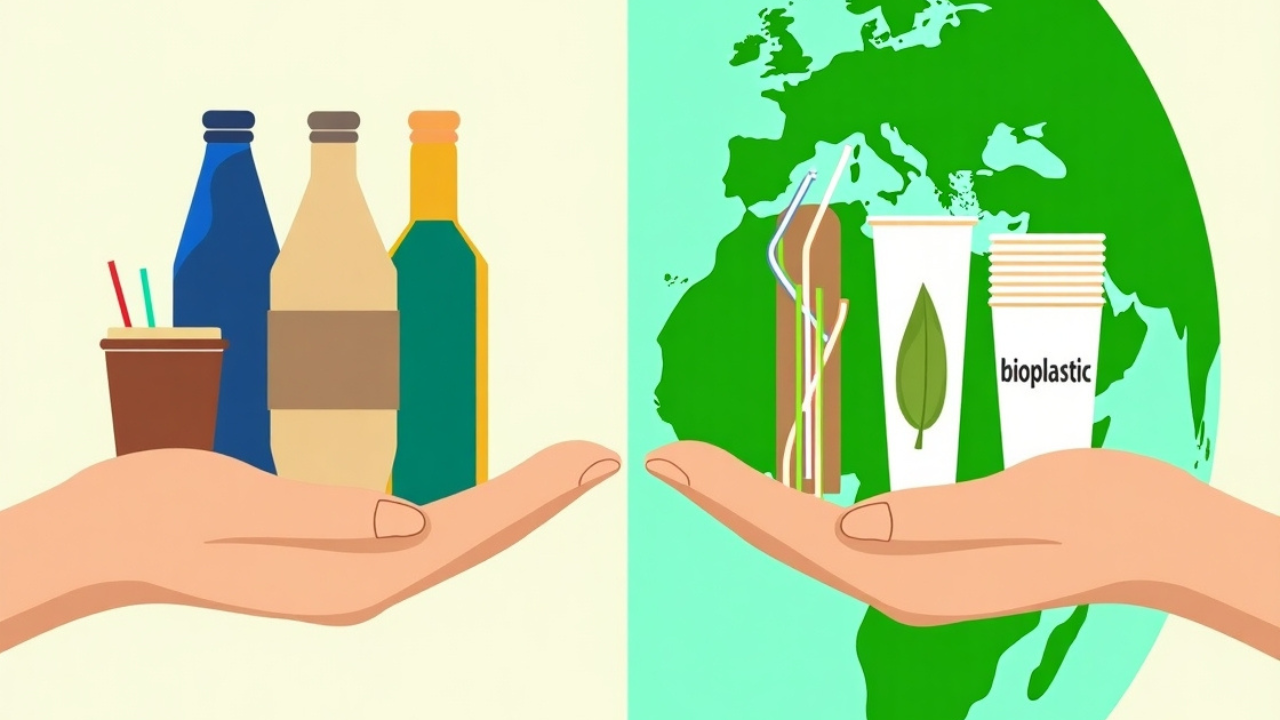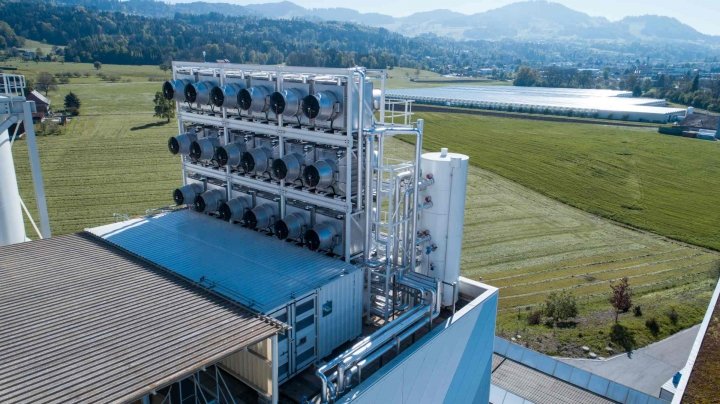Why Carbon Capture Could Be a Game-Changer
Carbon capture and storage (CCS) stands out as perhaps the most consequential green technology of our time. As the world struggles to curb carbon emissions, CCS offers a direct way to remove CO₂ from the atmosphere or low-carbon sources—potentially reducing greenhouse gases by up to 90% in fossil fuel–dependent industries .
Global investment in green tech reached $2.1 trillion in 2024, with leading innovator China contributing $818 billion (investopedia.com). Yet CCS remains the only mature technology capable of actively removing existing CO₂, rather than just reducing future emissions. With nations racing to meet Paris Agreement targets, CCS has become essential—not optional.
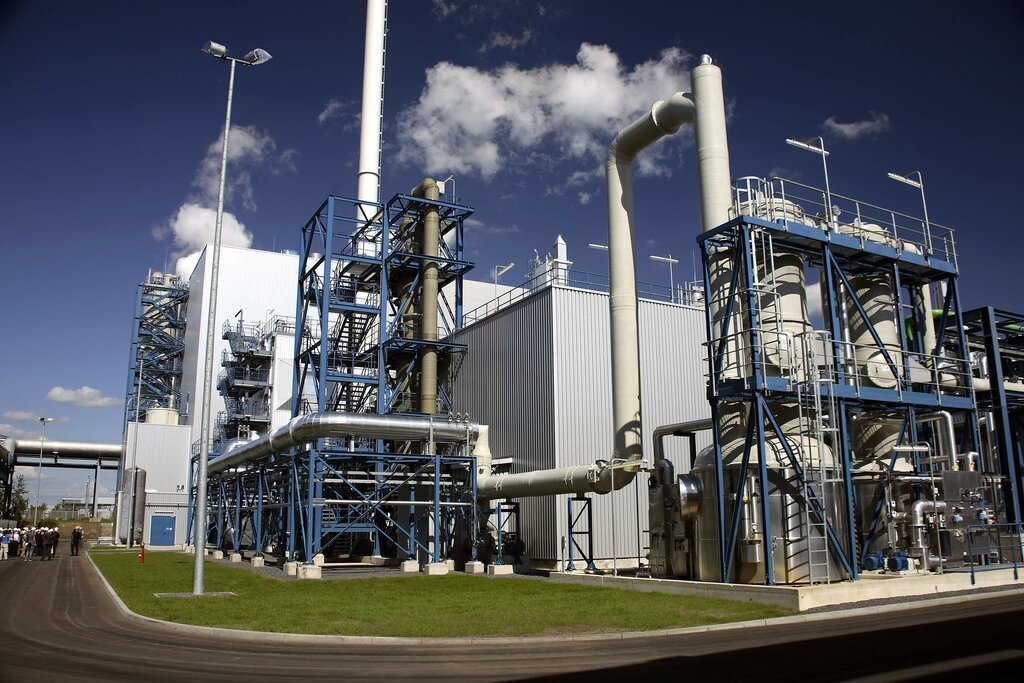
🌱 1. Carbon Capture at Scale
Direct Air Capture (DAC)
Switzerland’s Climeworks plant reflects the first commercial-scale DAC efforts, capturing CO₂ from ambient air and using it to produce fertilizer. The goal: remove 1% of global annual emissions by 2025 (climatecentral.org). And in Iceland, Orca became the largest DAC plant, permanently storing CO₂ in basalt rock (earth.org).
Industrial CCS
From the UK’s Cheshire facility to Gulf Coast power plants, industrial-scale carbon capture is capturing CO₂ directly at emission sites (chemistryworld.com). Oil and gas titans like ExxonMobil predict a $4 trillion CCS market by 2050 (energymonitor.ai).
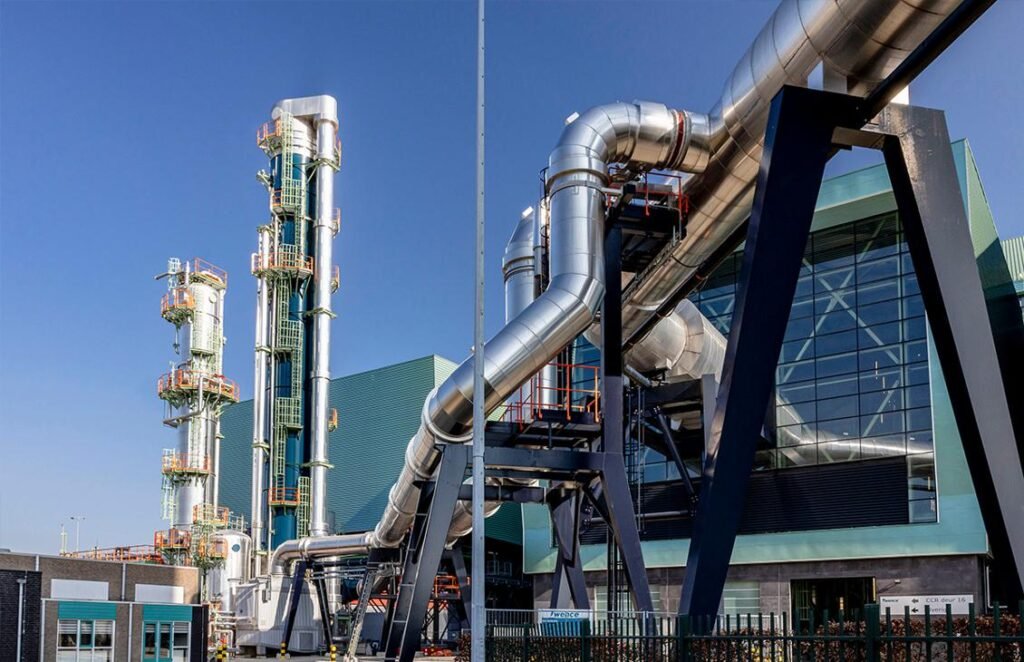
2. AI-Powered Optimization
Innovation today goes far beyond physical infrastructure. IBM, in partnership with Saudi Arabia’s SDAIA, is deploying AI to monitor and optimize carbon capture systems—mapping emissions and boosting efficiency (hydrogen-expo.com). AI is also refining hardware design, enabling solar and wind grids to maintain stability in India’s renewable expansion (linkedin.com). IBM reports 74% of its data center power is renewable, aided by AI-managed workflows (linkedin.com).
3. CCS & Renewable Synergies in India
India is making bold strides in renewables—targeting 50 GW annually, aiming for 50% renewable energy by 2030 (apnews.com). Meanwhile, CCS is gaining momentum: improved legal frameworks, pilot plants, and integration with solar, wind, and green hydrogen projects are emerging across Delhi and Gujarat . India also leads with breakthrough initiatives like solar-panel upcycling and drones cleaning solar arrays (timesofindia.indiatimes.com).
⚡ 4. Solar, Storage & Green Hydrogen
Complementing CCS is solar expansion: India has added over 110 GW of solar capacity in 2025—enough to reduce emissions by 30–35% toward Paris goals (en.wikipedia.org). Major projects like the Jamnagar Giga Complex and green hydrogen initiatives (Adani, Reliance) signify a broader energy transformation (en.wikipedia.org). Major deals, like CIL’s 4 500 MW green power for green ammonia, highlight cross-sector collaboration (timesofindia.indiatimes.com).
🔬 5. Why This Matters
Without CCS, even aggressive renewable deployment may not be enough. CCS not only captures emissions from existing sources but also allows for negative emissions—crucial to limiting temperature rise to 1.5 °C (energymonitor.ai). As IBM emphasizes, CCS is central to net-zero strategies by 2030 (carbonherald.com).
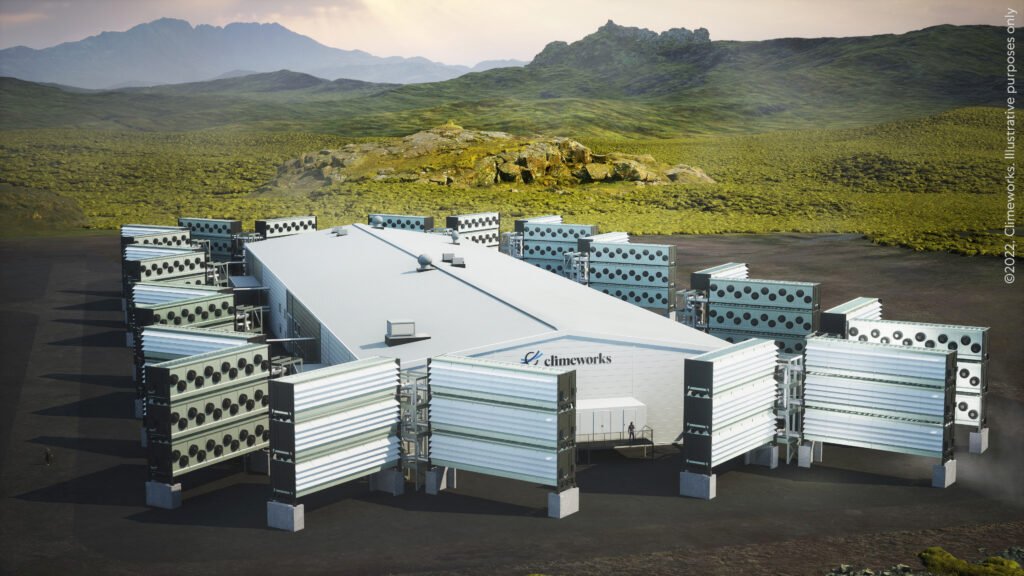
📊 Takeaway
- CCS is the only proven technology for directly removing CO₂.
- It works hand-in-hand with renewables, storage, and AI.
- Countries like India are leading with policy, infrastructure, and innovation.
- Major players and investors are betting trillions on its potential.
Now is the moment to fully champion carbon capture—not just for emissions reduction, but for rewriting our climate future.
📝 Want to Learn More?
If you’re intrigued by how CCS, renewables, and AI can reshape sustainability, check out this full deep dive here. Green Technologies of the Future: Which Developments Will Save the World?
Let me know in the comments: Which green tech innovation excites you the most—and why?
Have questions or thoughts? Comment below and let us know what more you’d like to learn about green technology—we’d love to hear from you!


